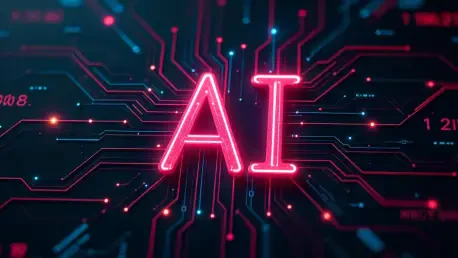
This guide aims to equip developers and technical leaders with actionable strategies to transform the inherent complexities of Python's ecosystem into a powerful foundation for AI innovation, ensuring streamlined processes. By addressing common pitfalls and establishing a structured approach, the

Imagine a digital landscape where nearly every interactive website, from sleek e-commerce platforms to dynamic social media apps, relies on a single language to breathe life into user experiences. That language, JavaScript, powers over 98% of websites today, a staggering testament to its dominance

The Current Landscape of Software Development The software development industry stands as a cornerstone of modern technology, powering everything from mobile applications to industrial automation systems in an era where digital transformation dictates progress. With global reliance on software

Have you ever poured hours into crafting a perfect Python application, only to hit a wall when trying to share it with users who don’t have Python installed? The frustration of packaging a program into a standalone, clickable executable is a hurdle many developers face. Yet, amidst this challenge,

Imagine a scenario where an AI agent, tasked with automating critical business operations, inadvertently deletes an entire production database due to a misstep in a multi-step process, leading to catastrophic losses in revenue, trust, and operational continuity for enterprises. With AI agents

Artificial Intelligence (AI) has transcended its status as a mere buzzword to become a fundamental driver of innovation across countless industries, reshaping the technological landscape in profound ways. At the core of this transformation lies a powerful new paradigm: Model-as-a-Service (MaaS)